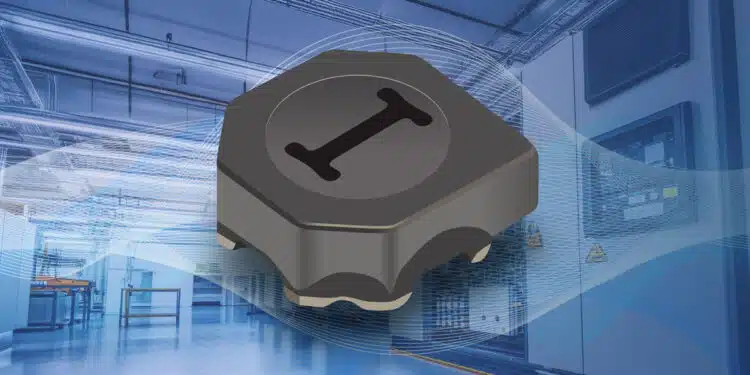Bourns, Inc., a leading manufacturer and supplier of electronic components for power, protection, and sensing solutions, announced a new cost-effective, space saving dual-winding shielded power inductor series.
Bourns® Model SRF3015 Series features a low profile of 1.4 mm and shielded construction that provides low radiation making these inductors optimal solutions for attenuating high frequency noise in a broad range of circuits.
Bourns® latest power inductors offer an extended operating temperature range of -40 °C to +125 °C, and are particularly well-suited for use in SEPIC (Single-Ended Primary Inductance Converter) topologies and power supplies.
The Bourns® Model SRF3015 Series dual-winding shielded power inductors are available now, and are RoHS compliant and halogen free.
Features
- Shielded construction for low radiation
- Low profile: 1.4 mm
- RoHS compliant and halogen free
Applications
- SEPIC topology
- Power supplies































